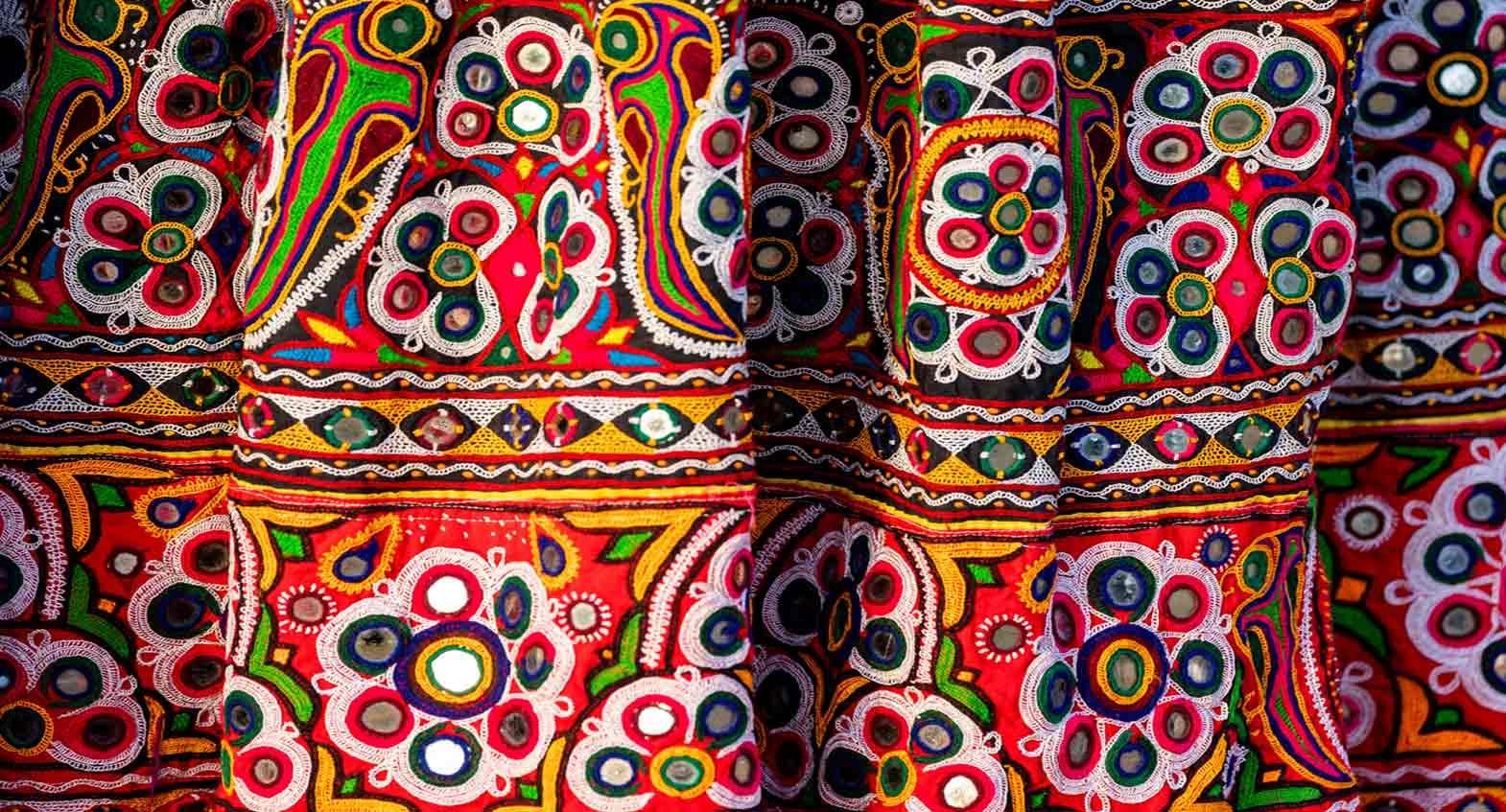Crafts have been the forte of Gujarat, and, like the Kutch-Saurashtra region of Gujarat, is also very rich in crafts. Some crafts which are languishing in areas of their origin have prospered in Saurashtra. On the other hand, crafts which have originated in Saurashtra are on the verge of extinction. Tangaliya woolen shawl from Saurashtra is one such textile craft which, although very unique, has not been able to sustain.
Tangaliya the legend
Tangaliya shawls were woven in the Surendranagar district of Gujarat. The weaving was carried out in 26 villages by a particular community, the Dangasia, the shepherd community. This indigenous craft has deep-rooted origins and a history of about 700 years embedded in the Saurashtra region of Gujarat. The exact details of the origin and evolution of the craft are not available because of a lack of historical references. The details of its origin were obtained from interviewing the old people of the village. According to legend, a Bharvad man married a woman from the weaver community, braving opposition from both the communities.
Types of Tangaliya
Tangaliya shawl is always black in colour and the Danas are either white or multi coloured. Types are as portrayed in the images above
Tangaliya Technique and Designs
The Tangaliya product/weaving technique is so unique that it is not reported to be practiced anywhere in the world. The uniqueness of Tangaliya is the beadwork like Danas created during the weaving process to create a patterned effect.
The Danas are created by wrapping small pieces of yarns around the warp yarns to develop firm knots. These beads like Danas/knots create motifs to form designs. The beauty of the Tangaliya lies in the fact that one Dana lends itself to create as many motifs. Also, groups of these motifs create complex patterns.
Conclusion
The community consumption nature of the craft has kept it beyond the knowledge of many. Tangaliya was always made in its traditional style with no variation either in design or material. National Institute of Fashion Technology Gandhinagar under the SGSY project has worked with the poor artisans in various areas of design development, product development, imparting skill trainings, infrastructure requirement and marketing. Tangaliya has been conferred with the GI status. Though, it still needs consistent intervention for sustained presence.
References
- Pal, D. & Das, A(2010), Tangaliya Hasthakala Association Case Tangaliya
- Dhamija, J. (1985) Crafts of Gujarat.
- Unstitched woolen Garments of Gujarat, Craft Documentation by Anjali Gupta, 1986, NID, Ahmedabad.
- Visuals of Tangaliya by Students of Fashion Design Department of NIFT, Gandhinagar.
About The Authors
Prof. Vandita Seth is a Faculty of Fashion Design Department at the National Institute of Fashion Technology, Gandhinagar.
Prof. (Dr.) Anitha Mabel Manohar is a Faculty of Fashion Design Department at the National Institute of Fashion Technology, Chennai.








Comments